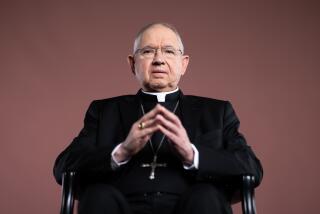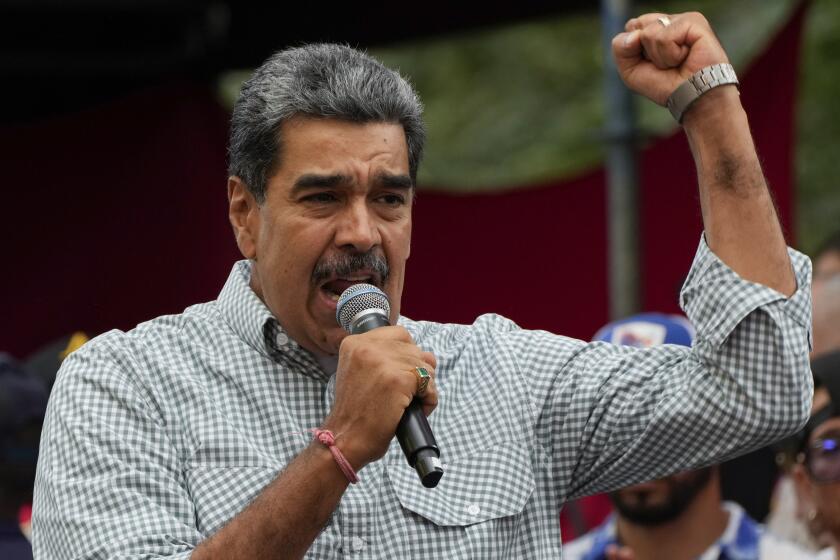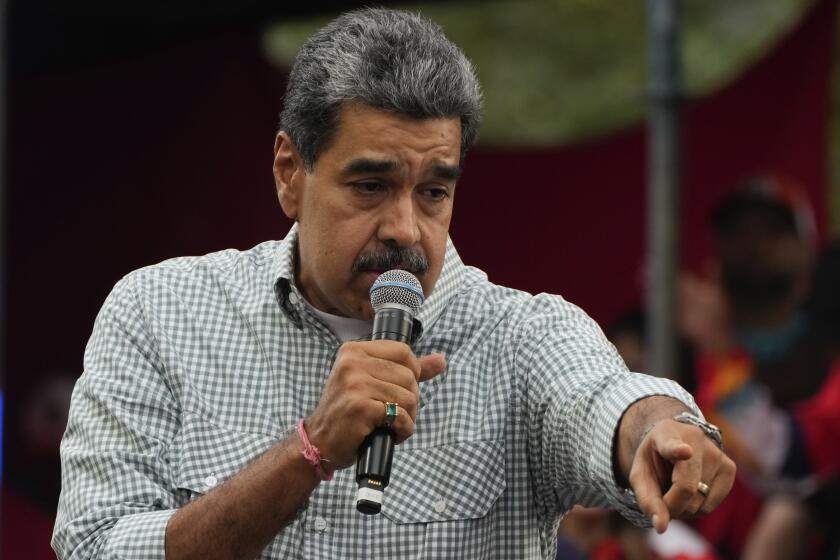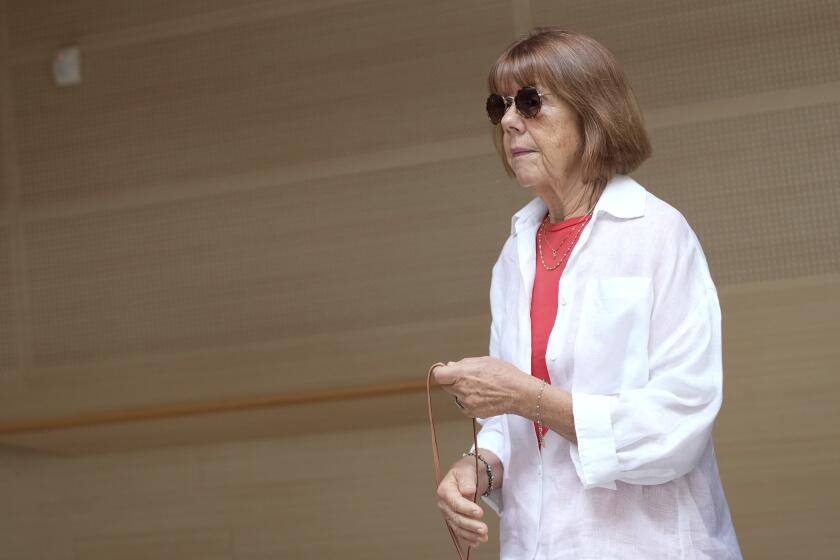Chiapas, little changed two decades after revolution, awaits Pope Francis
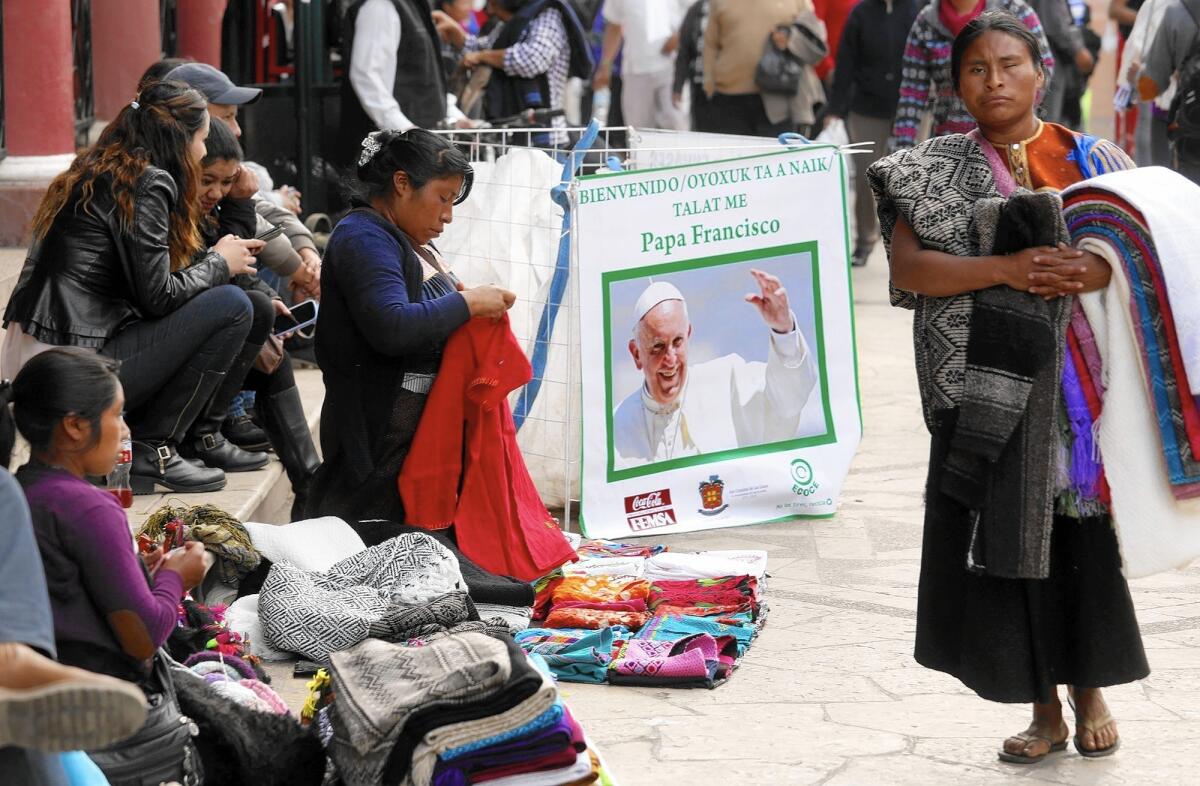
In 1994, this mountain town vaulted into global headlines when a group of peasants launched the Zapatista revolution, seeking greater rights for the impoverished and long-repressed indigenous population in Mexico’s southern state of Chiapas.
The armed rebellion stunned Mexico and became a rallying cry of the anti-globalization movement.
More than two decades later, relatively little has changed for Chiapas’ diverse indigenous community — still largely mired in poverty and underdevelopment. San Cristobal, however, has changed.
Indigenous craftsmen still hawk embroidered cloths, but down the street, a pair of Japanese musicians play reggae ballads for coins, competing with faux “indigenous” dancers with feathers sprouting from their heads. Outdoor cafes sprawl onto the streets, offering specials on mojitos, a drink from Cuba. Hotels promise a “spa” experience.
Even in Chiapas, where Spanish is often a second language, indigenous communities can feel stuck on the peripheries of society.
Their plight is expected to be the central theme of Pope Francis’ visit here Monday, the latest stop on his six-day swing through Mexico, a trip that has highlighted the pontiff’s emphasis on the fate of society’s less fortunate.
Some voice hope that the pope’s presence here will refocus the Mexican leadership’s attention on the hardships of its indigenous minority, 22 years after the Zapatistas brought the issues to the forefront. Ultimately, however, the Zapatistas failed to win wide-ranging support, and these days the results of their movement appear mixed at best, having failed to achieve a broad social transformation.
“In Chiapas there is a situation of extreme poverty, of marginalization of the indigenous community, of social conflicts,” said Pedro Arriaga, spokesman for the Roman Catholic Diocese of San Cristobal de las Casas. “Of course we know that one visit by the pope won’t resolve all that.... But we do hope for a profound spiritual experience with the people that will help us transform our social conscience.”
In fact, indigenous people in Chiapas and neighboring Guatemala have been abandoning the Catholic Church in large numbers for evangelical congregations, a trend that the Vatican is keen to reverse. Fewer than 6 in 10 Chiapas residents profess to be Catholics, compared with almost 9 in 10 Mexicans nationwide.
The ever-present poverty of Chiapas’ indigenous people is not clearly evident here in the colonial city of San Cristobal, which has been transformed in two decades from an off-the-beaten-track stop favored by backpackers and roving bohemians to a mainstream tourist destination bristling with Wi-Fi cafes, upscale chocolate emporiums and a jazz bar or two.
The indigenous masses mostly live in isolated towns and villages in the mountains and semitropical lowlands, places where few visitors venture — and areas that won’t be on the pope’s agenda. They come to San Cristobal to sell their goods and buy supplies, often donning colorful traditional dress, providing a stark contrast to others frequenting the wine bars and designer clothing outlets.
However, in recent days thousands of indigenous people from Chiapas and Guatemala have been streaming into San Cristobal, with plans to catch the papal Mass that will feature several Mayan languages. Local churches and seminaries were opening up their doors to the pilgrims in advance of the service, which is to be held at a sports stadium.
One family of 14 from a Guatemalan town, San Mateo Ixtatan, high in the Cuchumatanes mountains, were staying at a church called La Caridad — the charity — after a nine-hour bus ride to reach San Cristobal. The women donned elaborately embroidered blouses and skirts and wore their hair braided with woolen fabric. Only one of the 14, who gave his name as Juan Gregorio Perez, spoke any Spanish.
A group of 250 mostly young people from the town of Tenejapa outside San Cristobal were staying at a Catholic school here. A banner on one of the pickup trucks that brought them lauded “Tatic” Papa Francisco, using a title of respect in their native Tzeltal language.
The “Tatic” honorific was also applied to the late bishop of San Cristobal, Samuel Ruiz, a fierce champion of the poor who was beloved in the indigenous community but was assailed by conservative critics as a Marxist who trained a generation of deacons and catechists to be revolutionaries, not good Catholics.
Pointedly, Francis plans to visit Ruiz’s tomb. It was unclear whether the pope would meet with any representatives of the Zapatista movement, who have largely dropped from public view, retreating to their isolated rural strongholds.
Chiapas remains a deeply divided place. The state is also home to a large mestizo, or mixed-race, community, which tends to dominate the mercantile class in this city of 180,000. Many resent the pope’s focus on indigenous people, arguing that the struggles of mestizo people are just as profound.
“I know a lot of people who said if the pope is going to have an indigenous Mass, then I’ll just stay home,” said one church volunteer, who was busily helping find housing for indigenous pilgrims, but asked that his name not be used for privacy reasons.
In front of the plaza on Sunday, as indigenous and other street vendors displayed their wares — mostly woven goods, the specialty here — the mood was upbeat in the run-up to the pope’s visit. Fireworks periodically went off in the distance. New arrivals here for the festivities wandered the streets.
“It’s true that things haven’t gotten much better since the time of the Zapatistas,” said Susana Mendoza, 24, part of a handicraft and coffee cooperative from a town in rural Chiapas, who was selling hand-woven bags with several other women. “But who knows? Maybe the pope’s presence will make the big authorities pay more attention to people in the towns and villages.”
Special correspondents Cecilia Sanchez in Mexico City and Liliana Nieto del Rio in San Cristobal de las Casas contributed to this report.
More to Read
Sign up for Essential California
The most important California stories and recommendations in your inbox every morning.
You may occasionally receive promotional content from the Los Angeles Times.

